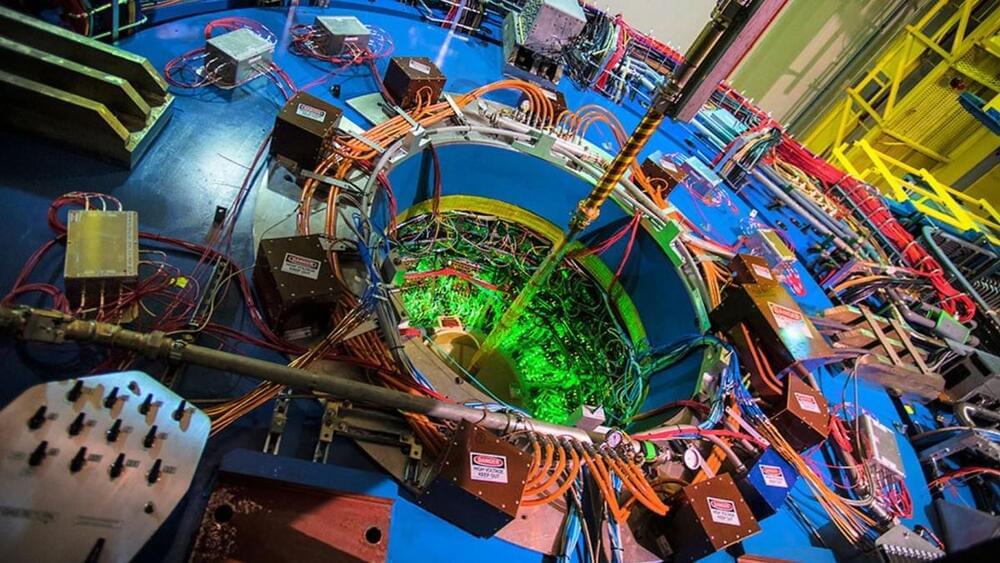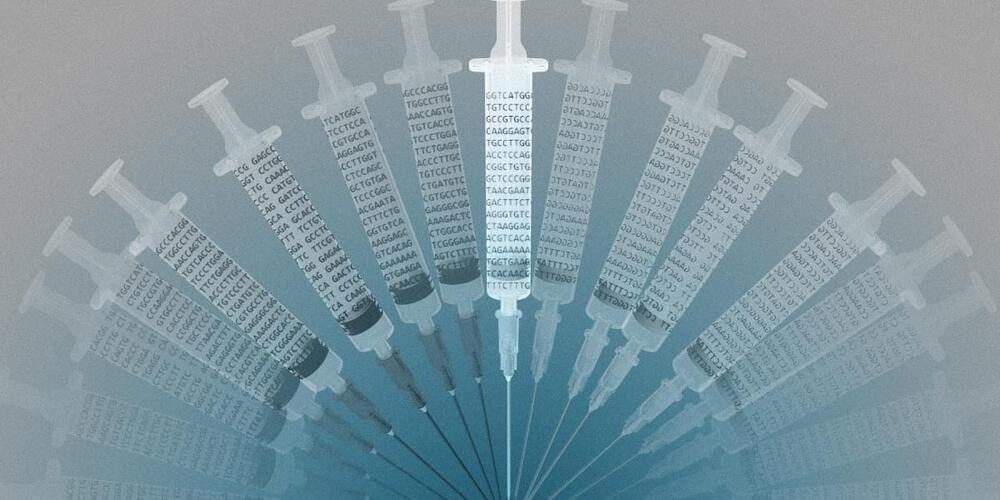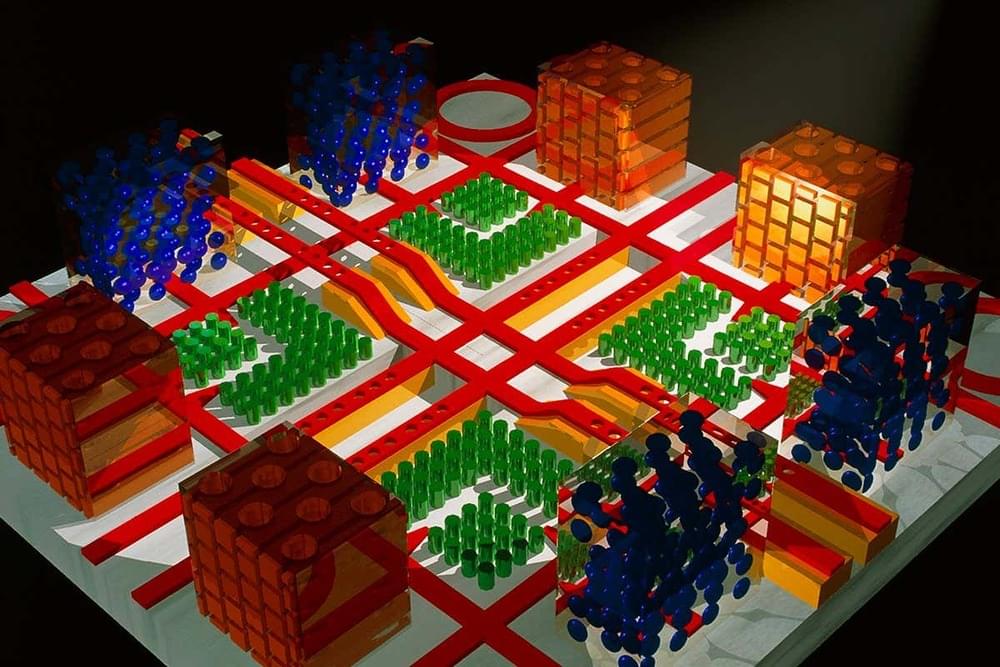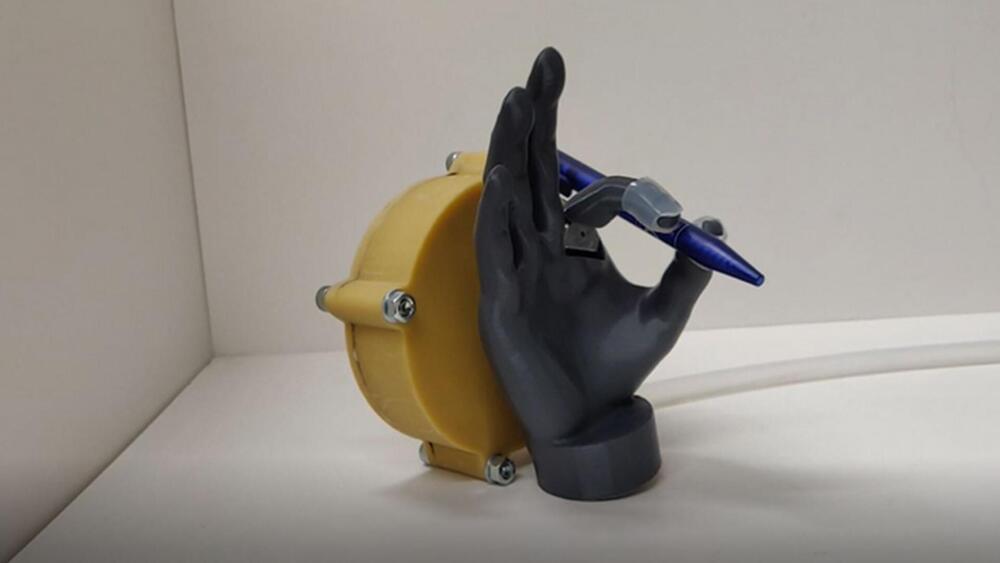What percentage of your battery is used…
AMHERST, Mass. – 5G wireless technology is just starting to take off worldwide, but a new study is already speculating on the future of 6G! Researchers from the University of Massachusetts-Amherst say, unlike older technology, 6G could end up using people as antennas.
Specifically, 6G telecommunications could possibly take advantage of Visible Light Communication (VLC), which is like a wireless version of fiberoptics. Right now, fiberoptics use incredibly thin glass or plastic strands to transmit information on flashes of light. These wires are extremely small, but also extremely fragile.
The UMass Amherst team says they have created a low-cost and innovative way of harvesting waste energy from VLC — using the human body as an antenna. Their invention can recycle waste energy to power wearable devices and possibly larger electronics as well.





